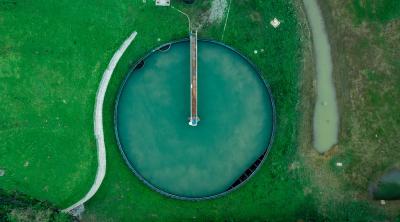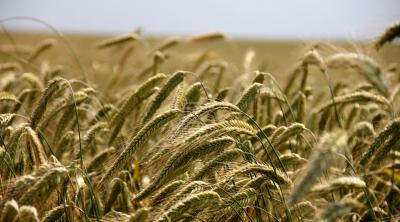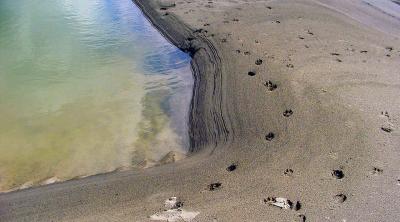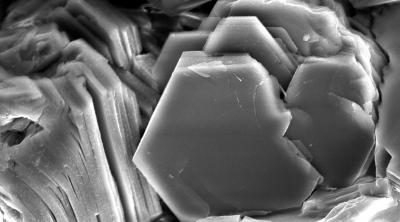Water Test Network
Sector: Aquaculture, The Environment
James Hutton Limited is one of eight European partners of the Water Test Network; an ERDF funded project which provides SMEs in North-West Europe (NWE) with both funding and the correct resources to test, develop and validate new products for the water sector, supporting innovation, accelerating time to market and increasing the proportion of new innovations that reach the market.
Water Test Network fosters the uptake of water innovation in Europe by providing transparency on and making it easier to undertake full-scale testing. A tightly-meshed transnational network of facilities and accompanying services are at the disposal of SMEs to reduce the cost, administrative burden and time needed to bring innovations to market that meet the increasing pressures on our water resources.
The Water Test Network also has close links with the with NW European water utilities, Government support agencies and industrial end users which supports the promotion of verified innovations across these industry sectors and ensures that innovations are developed for sector needs.
Our Water Test Network Partners are:
- Scottish Water - UK
- DVGW-Technologiezentrum Wasser (TZW) - DE
- VITO NV - BE
- Centre of Expertise Water Technology - NL
- Waterschap Vallei en Veluwe - NL
- Bureau de Recherches Géologiques et Minières - FR
- Enterprise Ireland
- Scottish Enterprise
The Water Test Network is now ready to receive applications. If you are an SME in North West Europe and you can make use of the transnational network of testing facilities and the accompanying services for water innovation, please visit: http://www.nweurope.eu/water-test-network or watch this short video to find out more ...
 As a Water Test Network partner, James Hutton Limited can offer analytical testing, technology verification and water resource management with respect to:
As a Water Test Network partner, James Hutton Limited can offer analytical testing, technology verification and water resource management with respect to:
- Pharmceutical and agricultural chemical removal from water
- Irrigation systems
- Catchment management
- Soil and sludge quality
- Heavy metals concentration
- Various bacterialogical parameters
- PAHs and other organic compounds
- Salinity
- And additional analytical services
James Hutton Limited is the commercial arm of the James Hutton Institute, Scotland. James Hutton Institute research is at the forefront of innovative and transformative science for sustainable management of land, crop and natural resources to support thriving global communities.
On behalf of the Water Test Network, we verify innovative technology for the chemical and microbiological treatment of water to the Environmental Technology Standard (ETV) ISO14034. Our scientific team has many years’ expertise in these areas, analysing environmental waters and private water supply samples.
We analyse waters for inorganic and organic pollutants, much of which is accredited to ISO17025.
A full list of our UKAS accredited techniques is found here. Please note, metals analysis by ICP-OES and ICP-MS is covered by flexible scope which extends to all metals analysis of anything that can be put into solution.
ICP MS and ICP-OES
To determine the elemental concentrations of metals in water, ranging from percentages to ppt. A dedicated low-level mercury analyser is available for ultra-low-level mercury analysis.
GC-MS and FID
To separate and quantify volatile and semi volatile organic components. Typically used for aromatic and aliphatic pollutants. Other uses can be applied to isotopes of carbon and nitrogen.
LC-MS MS
Quantifies non- volatile liquid organic components in solution.
Colourimetry
To determine concentrations of chemicals that are colour reactive with applied reagents. Such analyses include ammonium, soluble reactive phosphorus, nitrate, nitrite and total alkalinity.
Ion Chromatography
To determine concentrations of anions in water.
FTIR
To qualitatively analyse inorganic and organic compounds.
SEM
To examine material at microscopic level and determine the elemental composition by EDS.
XRD
To examine the crystalline structure of minerals.
Isotope Analysis
To analyse a wide range of stable isotopes.
UKAS Accredited Methods for the Analysis of Water/Soils/Sludges
|
Method Number |
Summarised name |
Accredited analytes |
Accredited matrix |
Instrument type & name |
|
AM002 |
15N and Total N, and 13C and Total C by CF IRMS |
Total C & N 15N and 13C |
Biologicals, botanicals, inorganic (incl dried waters), sediments and soils. |
CF IRMS ConFlow |
|
AM004 |
Sm and Nd ID and isotopes by TIMS |
Sm & Nd isotopes and concs, province age |
Geological , sediments and soils |
TIMS Sector 54 |
|
AM005 |
Sr isotopes by TIMS |
87Sr/86Sr |
Geological, soils and sediments, waters and soil extracts |
TIMS Sector 54 |
|
BM002 |
Estimation Of Common Inorganic Anions In Aqueous Solutions By Ion Chromatography |
chloride, nitrate and sulphate |
Waters |
Ion Chromatography - Dionex |
|
BM003 |
Ammonia, O-Phosphate, Alkalinity, Nitrate, Nitrite And Kjeldahl Nitrogen In Aqueous And KCl Extracts |
Ammonia, O-Phosphate, Alkalinity, Nitrate, Nitrite And Kjeldahl Nitrogen |
Botanical and animal feedstuffs, sediments and soils, waters |
Discrete analysis – Konelab
|
|
BM014 |
Flexible scope ICP-OES |
Depends on mini-validation |
Sediments and soils, + everything if done validation |
ICP-OES |
|
BM015 |
Flexible scope ICP-MS |
Depends on mini-validation |
Sediments and soils, + everything if done validation |
ICP-MS |
|
BM019 |
Total Inorganic And Organic Carbon And Total Nitrogen in waters |
Total Inorganic (TIC) And Organic Carbon (TOC) And Total Nitrogen (TN) |
Waters and soil extracts |
Shimadzu TOC |
|
BM022 |
Mercury using the Merlin Cold Vapour Analyser |
Mercury |
Waters (processed), soils, sediments and sludge’s |
Atomic Fluorescence Spec - Merlin |
|
CM001 |
PFAs in biological materials by GLC |
Phospholipid fatty acids |
Botanical and animal feedstuffs, sediments and soils, |
GC |
|
DM001 |
Total N and C by Elemental analyser |
Total N and total C |
Botanical and animal feedstuffs, sediments and soils, |
Elemental Analyser/ Dumas combustion |
|
DM002 |
Estimation of Exchangeable Acidity |
Exchangeable acidity |
Sediments and soils, |
Titration |
|
DM003 |
Estimation of Phosphorus after NaOH Fusion of Soils |
Phosphorus |
Sediments and soils, |
NaOH Fusion of soils |
|
DM004 |
Estimation of Exchangeable Cations in Soil |
Ca, Mg, Na and K |
Sediments and soils |
Extraction method |
|
DM005 |
Estimation of Soil Nutrients with 0.43M Acetic Acid |
Ca, Mg, K and P |
Sediments and soils |
Extraction method |
|
DM006 |
Estimation of pH of Soils in Water and Calcium Chloride Matrices |
pH |
Sediments and soils, waters, |
|
|
DM007 |
Moisture and Loss of ignition |
Moisture content and loss on ignition |
Sediments and soils, biological materials, |
Balances, ovens & muffles |
|
DM009 |
Soluble in Aqua Regia Using B7755 |
Al, Cd, Cr, Cu, Fe, Pb, Mn, Ni and Zn |
Sediments and soils |
Extraction method |
|
DM011 |
Particle Size Distribution Using Laser Diffraction |
Particle size distribution |
Particulate matter, sediments and soils, clay and clay products |
Malvern laser diffraction particle size analyser |
|
DM012 |
Conductivity in aqueous samples |
Conductivity |
Waters and soil extracts |
Glass electrode |
|
EM001 |
Examination by SEM |
Qualitative identification/composition |
Inorganic and organic chemical products. Fibre products, geological, soils, sediments, clays |
Zeiss SEM |
|
EM002 |
Qualitative Elemental Analysis SEM-EDX |
Qualitative identification / characterisation |
Inorganic and organic chemical products. Fibre products, geological, soils, sediments, clays |
Zeiss SEM Bruker EDX |
|
EM003 |
Digital X-ray Maps and Line Scans by SEM-EDS |
Qualitative X-ray mapping |
geological, soils, sediments, clays |
Zeiss SEM Bruker EDX |
|
FM001
|
Inorganic and Organic Compounds by FTIR |
Qualitative identification / characterisation |
Biologicals, Inorganic and organic chemical products, fibres, plastics, geological, soils, sediments, clays |
FTIR |
|
GM001 |
Identification by XRD of Clay Minerals |
Qualitative identification / characterisation |
Inorganic and organic chemical products. geological, soils, sediments, clays |
XRD |
|
GM002 |
Quantitative Analysis by XRD of Clay Minerals |
Quantitative estimation of mineralogical composition |
Geological, soils, sediments, clays |
XRD |
|
GM003 |
Identification of Polycrystalline Materials by XRD |
Qualitative identification / characterisation |
Inorganic and organic chemical products. geological, soils, sediments, clays |
XRD |
|
GM004 |
Quantitative Phase Analysis by XRD of Random Powder Samples |
Quantitative estimation of mineralogical composition |
Inorganic and organic chemical products. geological, soils, sediments, clays |
XRD |
|
GM005 |
Semi-Quant Phase Analysis by XRD of Random Powder Samples |
Semi-quantitative mineralogical composition |
Geological, soils, sediments, clays |
XRD |
|
GM006 |
Cation Exchange Capacity using Cobalt Hexamine Trichloride |
CEC |
Geological, soils, sediments, clays |
Colorimetry using Discrete Analyser - Konelab |
|
HM002 |
n-Alkanes in Soil |
n-Alkanes, n-C21 n-C23 n-C25 n-C27 n-C29 n-C31 n-C33 n-C35 |
Sediments and soils |
GC-FID |
Available Unaccredited Methods for Analysis of Water/Soils/Sludges
|
Summarised name |
Unaccredited analytes |
Unaccredited matrix |
Instrument type & name |
|
Pesticides by GCMS |
Herbicides, Molluscicide, Fungicide and Insecticides. |
Water, Soil and Sediment |
GC-MS |
|
Estrogenic hormones by GC-MS |
Oestrogen and BPA |
Water, Soil and Sediment |
GC-MS |
|
Amino acids by GC-MS |
Amino acids |
Extracts from soil and plant etc. |
GC-MS |
|
Phenolic compounds by GC-MS |
Phenolic compounds |
Water |
GC-MS |
|
THMs by GC-MS |
Trihalomethanes |
Water |
GC-MS |
|
Organotin by GC-MS |
Organotins |
Sediment/soil and Water |
GC-MS |
|
Phthalates by GCMS |
Phthalates |
Soil/sediment, animal tissue and serum |
GC-MS |
|
PAHs by GC-MS |
PAHs |
Water, Soil/sediment, animal tissue and serum |
GC-MS |
|
Selected Pharmaceuticals by GC-MS |
Selected pharmaceuticals |
Water |
GC-MS |
|
PCBs and PBDEs by GCMS |
PCBs and PDBEs |
Soil and Serum |
GC-MS |
|
Cryogenic SEM/EDS |
Qualitative characterisation/composition |
Various |
Zeiss SEM |
|
Alkalinity titration |
OH, HCO3 and CO3 |
Waters and brines |
titration |
|
Phenol in water |
Phenol |
Waters and produced waters |
Discrete Analyser |
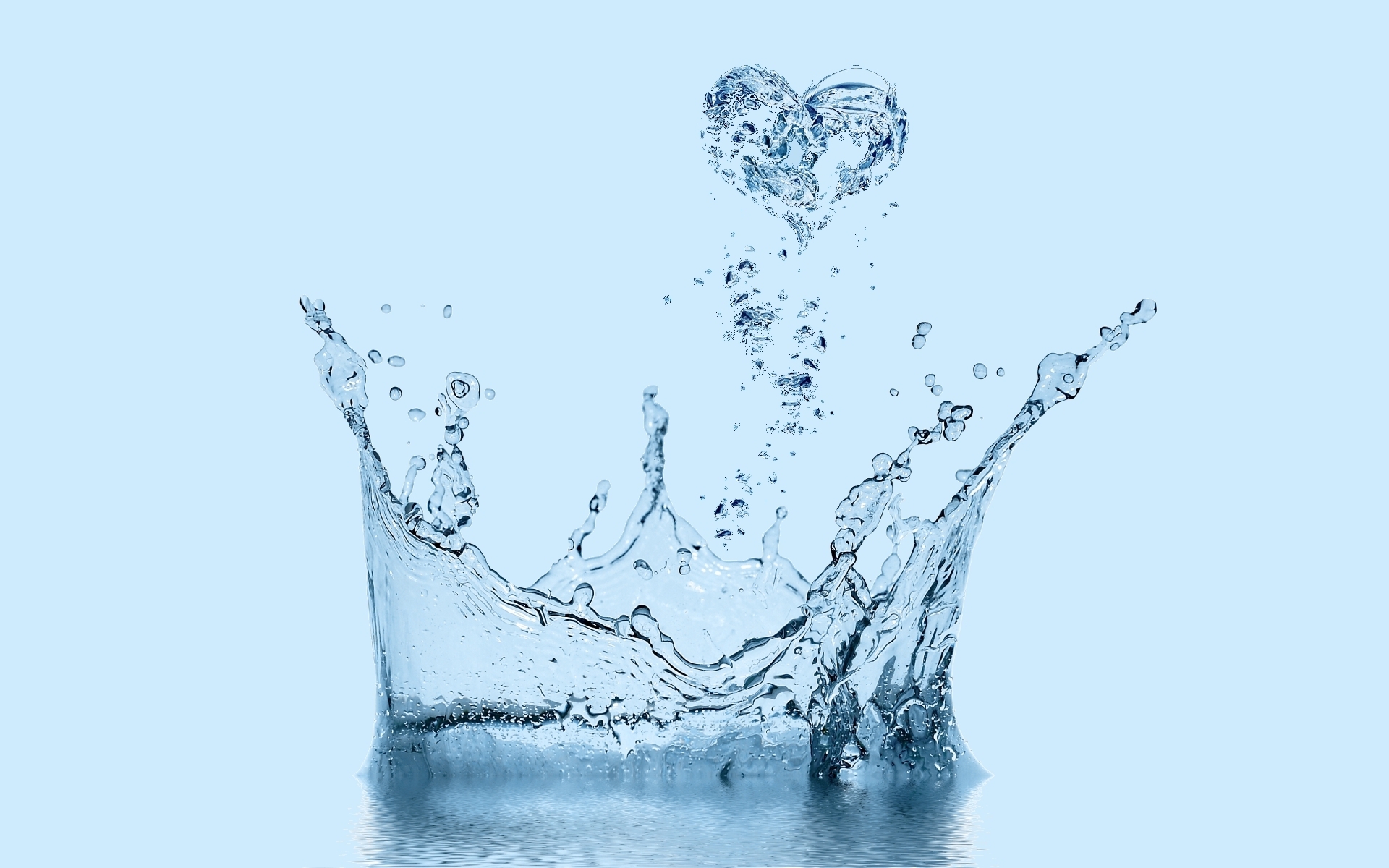 Water Resource Management
Water Resource Management
A team of researchers at the James Hutton Institute is devoted to biogeochemistry and hydrology, seeking to improve knowledge of biogeochemistry and hydrology and their role in the ecosystem.
This research lends itself to services which include irrigation system management, monitoring programmes, experimental manipulations, modeling, surveys and more, to support and manage water from mountains to coast.



